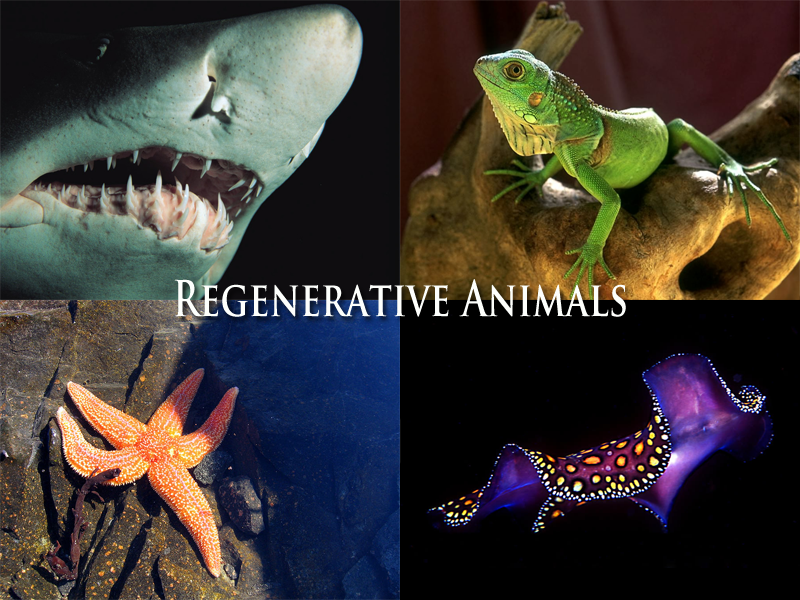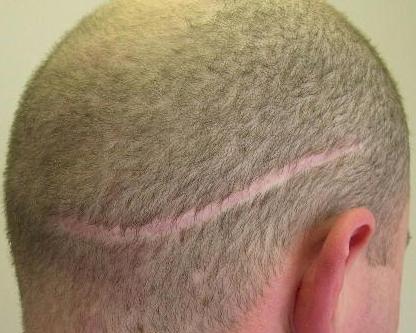Pre & Post Operative Risk of Scar Revision
Cosmetic procedures involve the placement of scars in inconspicuous areas heal with minimal scarring. Any time an incision is made, a scar will result. Unfortunately, the thickness and the texture of the scar is only partially related to the skill of the surgeon and the procedure itself. In no case will scar revision surgery eliminate a scar completely. In nearly all cases, it will minimize the scar. In very rare cases, the scar could be made worse. This is a risk that a patient needs to accept. The doctor’s knowledge of your healing history is critical to making the most educated decision for the benefit of the patient.
In developed countries risk in surgery has greatly been diminished. However, a person considering elective scar revision surgery as with any surgery should discuss risks with their surgeon. Here is a partial list a person can ask their doctor about.
Scar Revision Surgery Risk
• Allergies (tape, suture materials,blood products, topicals, injected agents etc…
• Anesthesia Options & risks
• Changes in skin sensation post-surgery
• Excessive Bleeding (hematoma)
• Delayed or Slower healing
• Deeper Tissue damage e.g. nerves, blood vessels, muscles and lung
• Pain tolerance or changes to pain sensitivity
• Possibility of revisional surgery or staged procedures
• Post-Surgery Infection
• Skin contour irregularities
• Skin discoloration and swelling
• Temporary or permanent damage possibilities
Take the time to ask questions!. It’s natural to feel some anxiety, whether it’s excitement for your anticipated new look or a bit of preoperative stress.


